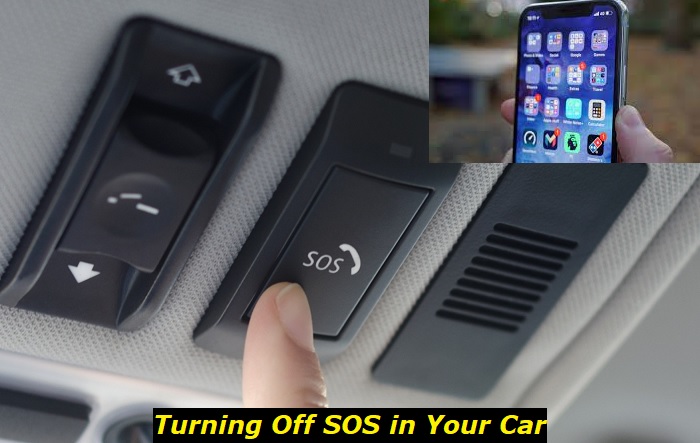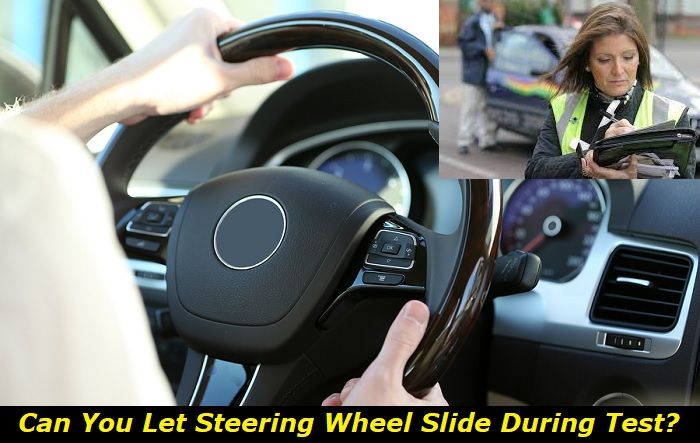The SOS system in your car can be turned off by simply pressing the SOS button often located at the top of your car's windscreen or the steering wheel for some cars. You can also turn it off through the SOS account settings on your car's app.
Car software settings problems highlights
- Howcommon:very common
- Main reasons:hard-to-operate software, glitch, hardware issues
- DIY diagnosis:possible
- DIYrepair:possible
- Solutions:resetting, learning how to set, asking for professional help
- Can you drive?yes
- Price in dealership:$150 - $250

What Is the Significance of the SOS System in Modern Cars and How Does It Work?
According to our research, most drivers are not familiar with the SOS button in their cars. This is even though this system can potentially save lives in case of a road accident and fasten road emergency response.
It's important for all drivers to always verify their cars to ensure that the SOS safety system is installed in their cars, especially for those manufactured after April 2018.
In most vehicles, the SOS button is often located close to the top of the windscreen. It's also found on the steering wheel of some cars. Beginning in April 2018, the eCall and the SOS system have become a general feature installed in all modern vehicles.
A recent survey conducted in March 2021 suggested that a large number of drivers had no idea of the existence of the emergency call feature in their cars or even where it was located.
Another survey by the National Highways also revealed that the use of the SOS system for non-emergency calls was quite common and this went against its intended function.
To popularise the SOS feature, there has been a collaborative effort between the National Highways and other players in the sector.
It is through this concerted effort that the effective use of the SOS emergency call system in cars has drastically increased to 59% in 2022 from 22% in 2020.
A car's SOS system is applicable in the following scenarios:
- If you have either stopped in a moving traffic lane or you have witnessed another car doing the same
- If it becomes difficult to get out of your car safely
- If you have realized another driver requires emergency assistance in case of a car breakdown or lane blockage
- If you are seeking an urgent medical response
- If you are in a vulnerable situation in a dangerous location
When an accident occurs and it's severe enough to activate the airbags and other safety sensors in the car, this is how the SOS features will be of great help:
- When you press the SOS button, the car's onboard emergency call (eCall) system gets activated automatically by the sensors on your car. This will provide all the information needed about your car, including the location and the direction of travel.
- For an effective and quick response, the emergency service operator will talk to you through your car's in-built safety system to get more information.
What Is the Function of the Green Blinking Light Near the SOS Button?
When the safety connect turns on, the green light comes on. All newly purchased cars should have the green light feature for the safety connect installed before you drive your new car from the dealership.
In the event of an emergency and you get connected to an SOS emergency response operator, the green light will be blinking on and off.
If you are in dire need of emergency assistance, you will have to stay on the call and wait for the agent to pick up. Alternatively, if the emergency response isn't necessary, you can cancel the call by pressing and holding the SOS button.
How Can You Turn Off SOS In a Car?
Even though the SOS system is a life-saving feature in modern cars, it can sometimes become a nuisance especially when faulty. You might need to turn it off permanently. To do so, you can follow the steps below:
- Step 1
The first step will require you to turn off your car engine and then turn back your car key on.
- Step 2
The next step involves turning on the headlights and then leaving the headlights on for three minutes.
- Step 3
At this stage, you will have to turn the headlights off and then turn off your car key. The SOS may still be on but it is likely to go off after a few hours.
NOTE: When you keep the headlights on for three minutes, it initiates a voltage drop that can be detected by the ECU. The ECU in turn records and uses this to determine a new battery voltage. This should be able to turn your SOS permanently.
If the issue does not go away and persists, make a date with your dealership to help you run a diagnostic test on your car to decipher the root cause of the problem.
What Is Likely to Take Place When the SOS Button Is Accidentally Pressed in a Car?
If the SOS button is accidentally pressed, the safety emergency agent is likely to receive a call from your car. The agent will then send an emergency response team to the location of the car if the car occupants do not respond verbally which is a signal of a serious emergency need.
Alternatively, the driver in the car can press the SOS button once again to cancel the mistaken emergency call or verbally ask the emergency agent to cancel the call if the SOS button was unintentionally pressed.
This is necessary if the car occupants are all secure and can respond to the call. In this case, the emergency operator will not dispatch the emergency team to your location.
Of course, you don't want to unintentionally press your SOS button, yet this may happen. If the SOS was pressed unintentionally and you get the phrase "connecting you to an emergency call center," you have the option to end the call straight away.
Alternatively, if the emergency agent asks you to state your issue, just apologize and affirm that there isn't any need for an emergency service.
It can be easier than it seems to unknowingly press your car's SOS button because it's sometimes located close to the cabin's overhead lamp or at the steering wheel for some cars.
Occasionally, the passengers and the agent who respond to emergency calls always engage in a back-and-forth dialogue.
In a test conducted, 80% of the 47% of silent calls (calls when the SOS emergency service is notified of the location of the car but the driver does not respond to calls) were not emergencies to warrant dispatching personnel.
Therefore, to prevent wasting emergency personnel's response time, it was concluded that a two-way conversation was mandatory.
Why Is the SOS Button Such Important for Emergency Assistance?
Absolutely yes. It's important to use the SOS button if you need emergency assistance because the vehicle has a very strong antenna which is located outside the car, coupled with the demisting technology in your car's windscreen, this may interfere with your smartphone's signals.
Another advantage of using the SOS button is that even children can easily learn how to use it in case of an emergency.
The National Highways encourages drivers to turn on their danger warning lights in the event of an accident and wait for emergency assistance with their seatbelts fastened if they decide to use the eCall/SOS button.
The Conclusion
The SOS button in modern cars is frequently pressed by curious individuals or even those who are not aware that they are dialing an emergency assistance number.
Because of this, the emergency response department usually receives several false emergency requests and spends lots of public resources on pointless emergency response measures.
It is because of this that the DSB has requested any driver with the SOS button in their vehicles to only use or press them during serious emergencies.
Additionally, all drivers are urged to make sure that kids and other vehicle occupants fully understand how to use the SOS button and when to do so.
Finally, in case the SOS button turns out to be a nuisance to you and you would prefer to turn it off, we hope this guide has given a simple and permanent solution to turning off the SOS button in your car.
About the authors
The CarAraC research team is composed of seasoned auto mechanics and automotive industry professionals, including individuals with advanced degrees and certifications in their field. Our team members boast prestigious credentials, reflecting their extensive knowledge and skills. These qualifications include: IMI: Institute of the Motor Industry, ASE-Certified Master Automobile Technicians; Coventry University, Graduate of MA in Automotive Journalism; Politecnico di Torino, Italy, MS Automotive Engineering; Ss. Cyril and Methodius University in Skopje, Mechanical University in Skopje; TOC Automotive College; DHA Suffa University, Department of Mechanical Engineering






Add comment